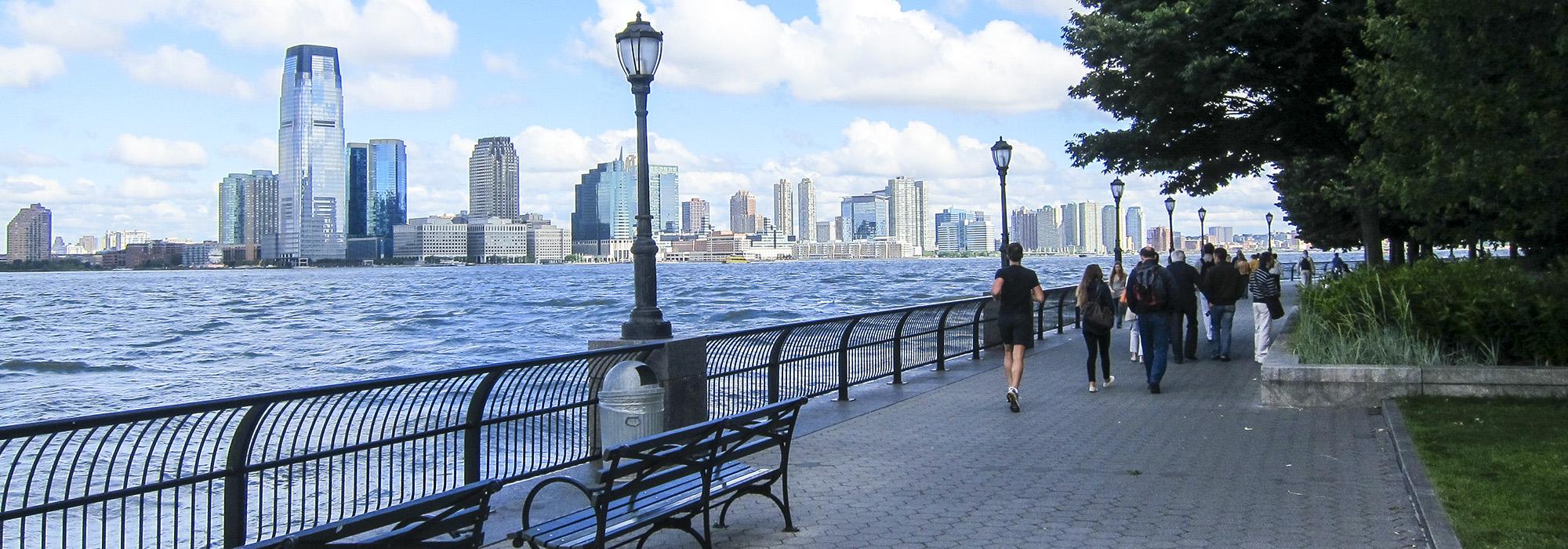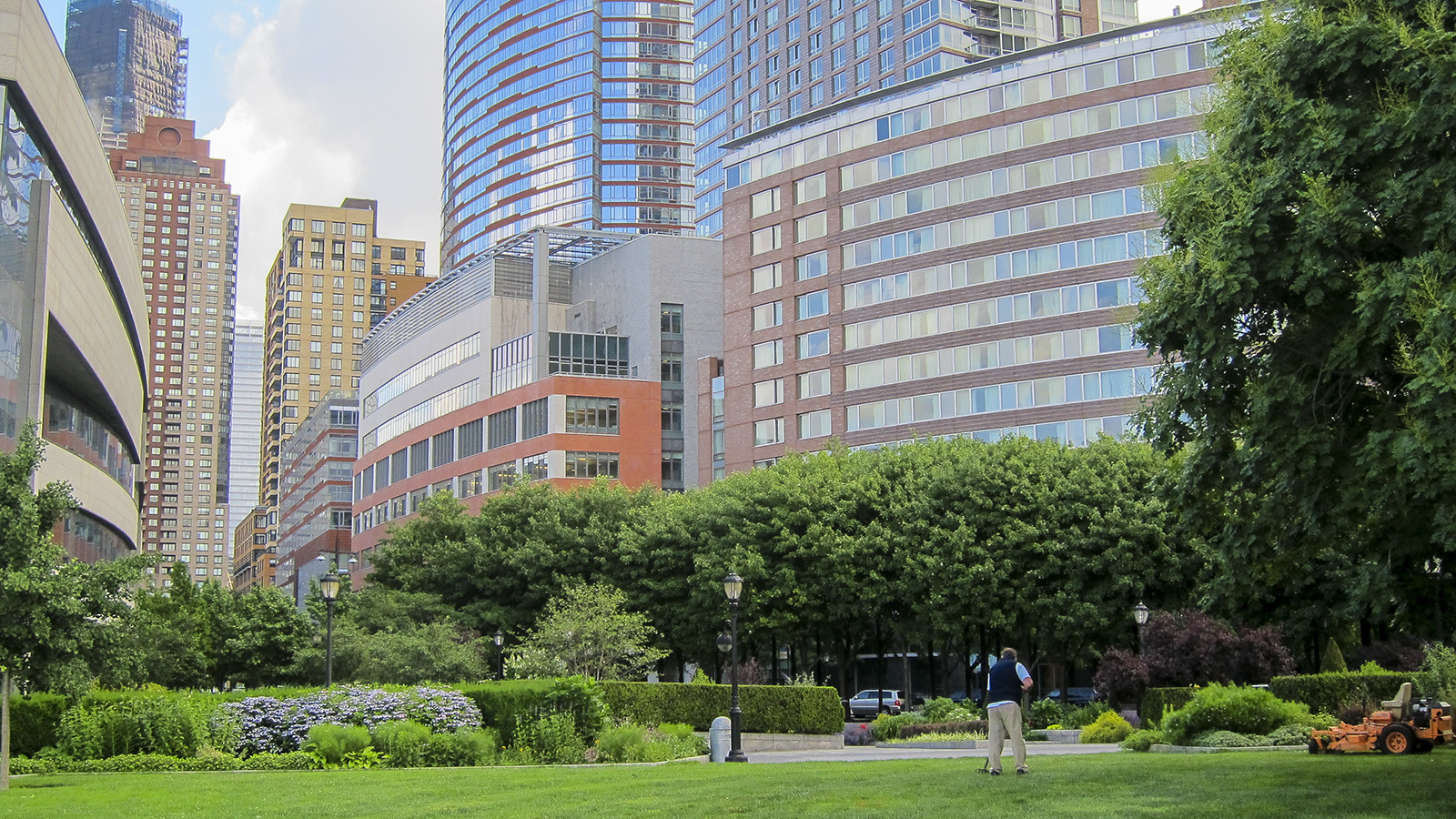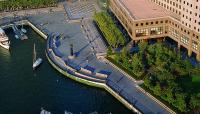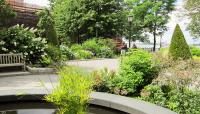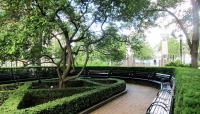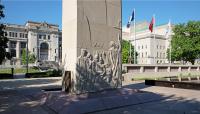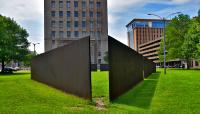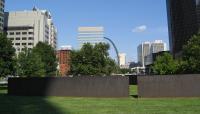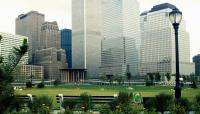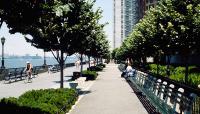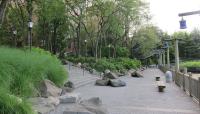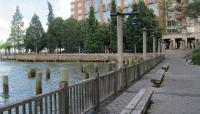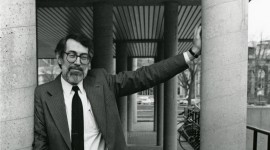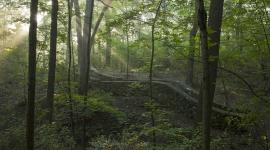Landscape Information
Situated at the southwestern tip of Manhattan along the Hudson River, this 92-acre mixed-use community was built on landfill created from dredging New York Harbor and the excavation of the World Trade Center site. Named after the adjacent Battery Park, the community houses numerous residential, commercial, and retail buildings along with nearly 36 acres of parks and open space. The master plan for Battery Park City was created in 1979 by Stanton Eckstut and Alexander Cooper of Alexander Cooper Associates. The plan’s 26 parcels were designed independently by different developers, creating a diverse neighborhood fabric that emulated the city’s mixed character.
Generous public spaces were part of the original plan and are integral to the neighborhood’s design. Highlights include Rector Park, designed by Innocenti and Webel in 1985; South Cove, a collaboration with artist Mary Miss, Child Associates, and Stan Eckstut, opened in 1988; Nelson Rockefeller Park, by Carr, Lynch, Hack and Sandell, with Oehme van Sweden as landscape architects; and the Esplanade, opened in stages by Hanna/Olin in the 1980s and 1990s. Olin Partnership’s Robert F. Wagner Jr. Park opened in 1996, and Teardrop Park, designed by Michael Van Valkenburgh Associates, debuted in 2004. In 1998 architect Cesar Pelli’s World Financial Center was completed, with a Winter Garden by M. Paul Friedberg + Partners. It was restored in 2002 by Balmori Associates. The neighborhood also encompasses significant public art and cultural landmarks, such as the Irish Hunger Memorial. Since 1988 the Battery Park City Parks Conservancy has managed and operated these parks and public spaces.



